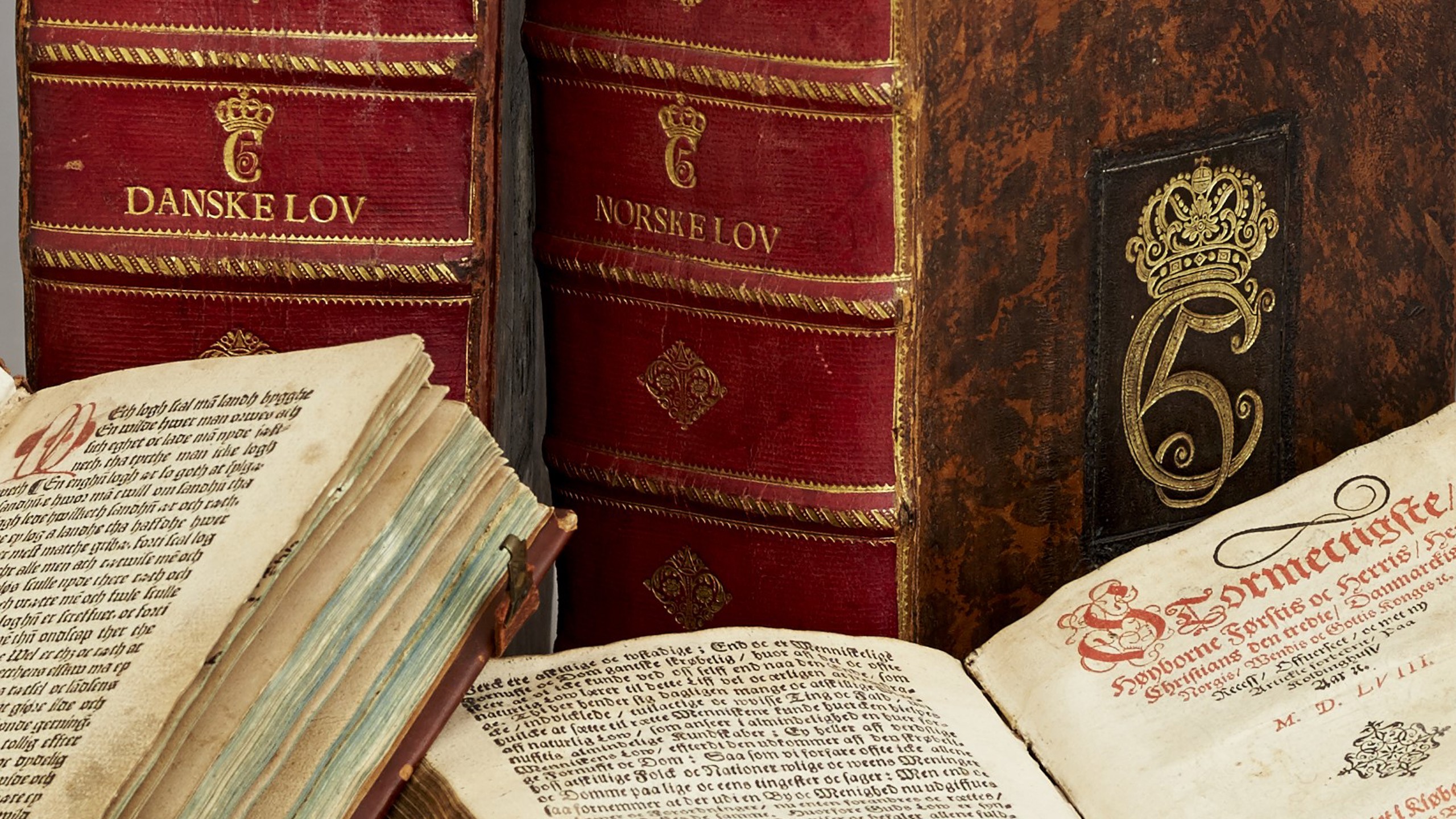Knowledge and research

Knowledge and research at the Royal Danish Collection
The Royal Danish Collection is a state-approved museum of cultural history responsible for communication activities related to part of Danish history, from Christian IV to the present, based on paintings, furniture and other objects with connections to the Danish Royal Family. The Royal Danish Collection has five exhibition locations: the Amalienborg Museum, Christiansborg Palace, the Hermitage Palace, Koldinghus and Rosenborg Castle.
The research of the Royal Danish Collection is based on specific issues related to a general desire to contribute to the understanding of historical and contemporary connections between then and now. Through this, we aim to facilitate new perspectives and contexts for understanding our world and history.
Research strategy
During the present strategy period, from 2024 to 2030, the main focus points of the museum’s collection and research efforts are
- Royal rituals and life transitions
- Royal childhood
- The royal body: staging and self-presentation
- The gift: international politics, national unity and familial relations
- The royal patron
Research within these five themes aims to promote the preservation of cultural heritage and the development and communication of new knowledge. Research activities are carried out by Royal Danish Collection staff with research qualifications.
Professional staff with a desire to conduct research may apply for external funds for obtaining the necessary qualifications in understanding with their nearest supervisor and the Head of Research.
The museum’s research activities are based on own and external collections, archives, libraries and other source categories capable of shedding light on the given topics. The museum communicates its research findings to the general public and to research environments. The Royal Danish Collection cooperates with state-operated and state-approved museums in Denmark and abroad, makes its collections and documentation available to other research environments and guest researchers and engages in relevant professional networks and research collaborations.